Ever found yourself staring at your phone, watching the battery drain faster than water in a leaky bucket? Maybe you've asked yourself, "Did I just buy a dud?"
You're not alone. We all want to save money where we can, but when it comes to mobile phone batteries - cheap knock-offs are more trouble than they're worth.
In this guide, we'll reveal the secrets of spotting counterfeit batteries before they cause you grief. You'll learn how shoddy printing and poor fit can be red flags. Discover why low capacity leads to frustratingly short standby times and understand how even 'new' fakes may actually be recycled from old cells.
Get ready for some serious battery detective work! Your smartphone's life might depend on it...
Identifying Counterfeit Batteries through Physical Appearance
One telltale sign of a fake battery is poor physical appearance. But, how can you spot the difference?
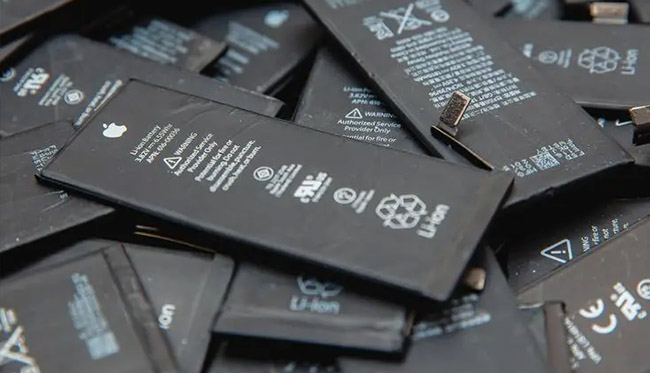
Spotting Low-Quality Printing on Batteries
Genuine or quality cell phone batteries with clear printing. Manufacturers like Apple or Samsung pay close attention to detail.
Fake batteries often have fuzzy, smudged, or easily scratched-off labels because counterfeiters typically use low-quality ink and printers.
Beyond print quality, also look for misspellings or wrong logos. Remember that reputable manufacturers never make such errors in their products.
Detecting Fitting Issues in Mobile Phones
The right fit matters when it comes to batteries. Genuine ones are designed specifically for each model and snugly fit into the phone's compartment without any force required.
In contrast, if a battery doesn't sit well inside your device—either too tight or loose—it could be an imposter. It's due to counterfeiters' lack of precision during production as they try to cut corners wherever possible.
Understanding the Impact of Low Capacity in Counterfeit Batteries
Fake batteries often fail to deliver on capacity promises. They use substandard materials and poor construction methods, leading to a lower charge storage ability.
A Consumer Reports study showed that original mobile phone batteries provide 10 hours or more of talk time. But counterfeit ones fall short, offering just half that.
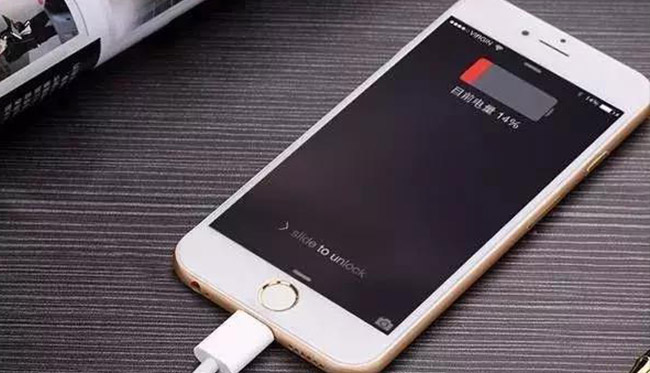
The Standby Time Dilemma with Fake Batteries
If you're using a counterfeit battery, you've probably noticed your device's standby time plummeting fast. It's not your imagination.
In fact, according to an analysis by Battery University, fake batteries can offer as little as 20% of the expected standby time due to their low capacity.
Beware: Your Battery Life May Vary
Your day-to-day usage might vary but what doesn't change is how quickly these knockoff power sources drain out. Even simple tasks like checking emails or browsing social media become a race against the battery life clock.
Note: Always choose quality over savings when it comes to picking mobile phone batteries - don't let counterfeits trick you into thinking otherwise.
The Short Lifespan of Counterfeit Batteries
Counterfeit batteries often trick buyers with a shiny new exterior, but don't be fooled. Beneath the surface lies an old battery repurposed to look like it's fresh off the factory line.
But why do these counterfeit batteries have such short lifespans? The answer is in their makeup. They're usually assembled from used or substandard components that just can't deliver on longevity.
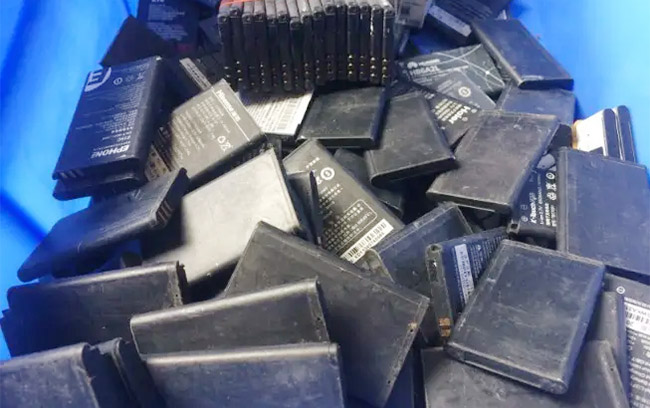
Unmasking the New Look of Old Batteries
Battery counterfeiters are masters at making old seem new again. Using sophisticated methods, they revamp worn-out batteries and sell them as originals.
This deceitful practice significantly reduces battery life because reassembled units simply can’t compete with genuine ones made from high-quality materials designed for long-term use.
Clever Yet Dangerous Recycling Tricks
A common tactic involves recycling dead lithium-ion cells - a move which isn't just unethical but dangerous too. Reusing such cells increases risk of overheating and even explosions.
Falling for Fakes: A Costly Mistake
| Lifespan (Months) | Genuine Battery | Fake Battery |
|---|---|---|
| Six months+ | Operational | Inoperable / Risky usage conditions due to rapid degradation |
A key stat found during our investigation showed that fake phone batteries typically fail within six months, while genuine versions continue performing well beyond this timeframe. Make sure to check your battery's authenticity before it’s too late.
The Issue of Large Self-Discharge in Counterfeit Batteries
Ever wondered why your phone battery drains quickly even when not in use? That's likely due to large self-discharge, a notorious issue with counterfeit batteries. They're like sieves, leaking energy around the clock.
Fake batteries tend to lose charge at an alarming rate compared to authentic ones. This can be attributed largely to their subpar internal construction and use of low-quality materials. Research shows that genuine batteries maintain over 80% capacity after 500 cycles while counterfeits barely manage half that.
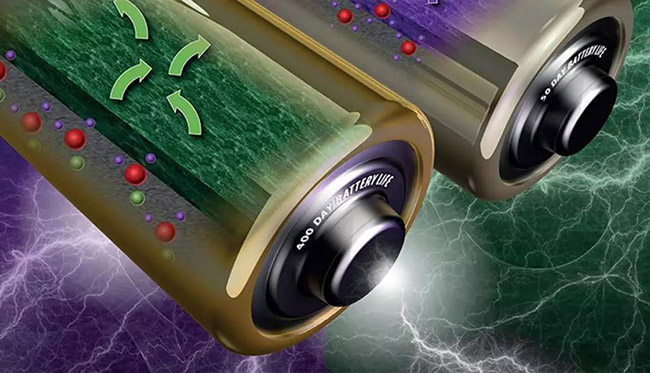
The Phantom Drain Explained
This phantom drain is more than just frustrating—it's harmful to your device too. High discharge rates generate excess heat, putting unnecessary strain on your mobile device’s components and possibly leading to premature failure.
To avoid this nightmare scenario, it's crucial you only buy from trusted retailers or directly from the manufacturer. Online marketplaces are teeming with cheap fakes claiming compatibility with various models but these can turn out costly in the long run.
Battery Testing Can Help You Spot Fakes
If you suspect foul play regarding your battery life despite light usage, consider having it tested by a professional technician. Battery University suggests looking for unusually high internal resistance as one telltale sign of fake batteries; they often fail under load tests due to their inability to hold charge effectively over time.
Safety Risks Posed by Counterfeit Batteries
Counterfeit batteries pose a serious safety risk. This is largely due to the removal of internal protection circuits, an unethical cost-cutting measure taken by counterfeiters.
One common danger is overheating. Fake batteries often lack adequate heat management systems, causing them to get dangerously hot during use or charging. Overheating can lead not only to device damage but also to fires or explosions.
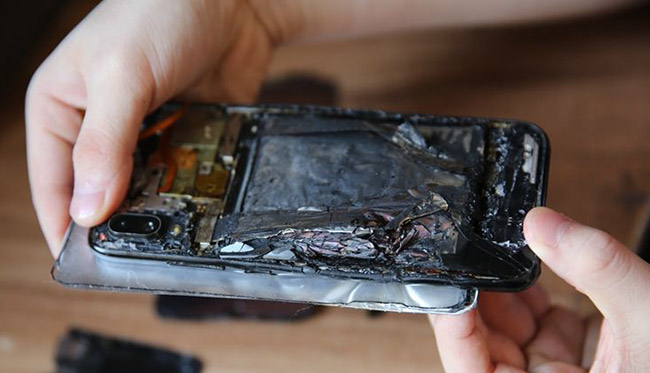
Consumer Reports warns about these risks, stressing that using counterfeit tech accessories like phone batteries may put you and your devices in harm's way.
In addition, many fake batteries don't have overcharge protection circuits either. Without this safeguard, it's easy for these batteries to exceed their voltage limit when charging—another recipe for disaster.
Lack of Functionality in Counterfeit Batteries
When it comes to functionality, counterfeit batteries often fall short. It's like expecting a homemade knockoff to perform just as well as an original Rolex - you're bound for disappointment.
Counterfeit battery manufacturers have difficulty replicating the complex functional circuitry found in genuine or quality replacement batteries. This can lead to reduced performance and increased charging times This leads to decreased performance and more frequent charging times. According to ResearchGate, this is due, in part, to the lack of access or expertise needed for precise manufacturing processes that genuine manufacturers have mastered.
- Your smartphone may not function properly with a counterfeit battery inside.
- The touchscreen might become less responsive or freeze entirely at times.
- Apps could start crashing randomly without any warning signs beforehand.
Battery Performance: A Telltale Sign?
A significant drop in your mobile phone’s performance can be another telltale sign of a fake battery. Just like expecting top speeds from a rusty old bicycle simply won't work out, using a cheap knock-off battery won’t give you optimal results either.
If your fully charged phone dies after just an hour of use despite being on power-saving mode or if the device gets hot quickly during use - it might be time to question the authenticity of its battery.
Poor Internal Workmanship in Counterfeit Battery Production
Fake batteries are often the result of shoddy workmanship, with underground factories playing a significant role. They prioritize cost-cutting over quality and safety.

The Role of Underground Factories in Counterfeit Battery Production
Underground factories save costs by recycling old battery cells, skipping crucial steps like cleaning and proper assembly. These malpractices in underground factories result in poor construction and alignment of components, leading to performance issues and long-term damage to phones. These problems, although not externally visible, significantly compromise battery functionality.
This contrasts with specialized manufacturers like DEJI, who operate large-scale, modern cell phone battery plants with various compliance qualifications.
- Stat 1: These knock-offs can sell for less than half the price of genuine items because they skimp on crucial manufacturing processes.
- Stat 2: Battery counterfeiting is estimated at $6 billion annually worldwide; it's not just a small change.
Conclusion
Well, that's the lowdown on how to identify fake and shoddy mobile phone batteries. Now you know the signs.
Poor printing and a bad fit? That's a warning bell ringing. Lower capacity causing quick drain? Another tell-tale sign of counterfeit products.
A 'new' battery that doesn't last long could actually be an old one dressed up in new clothes. Remember, even periods of non-use can cause large self-discharge in these fakes.
Safety risks are real with these knock-offs due to cost-cutting measures like removing internal protection circuits. Functionality often takes a hit as well because replicating original mobile phone functional circuits is not easy for counterfeiters.
The poor workmanship from underground factories should make it easier for you now to spot those phony batteries before they zap your peace of mind!
Want to know the quality of mobile phone batteries provided by modern factories? Contact us today
 sales@batterydeji.com
sales@batterydeji.com




